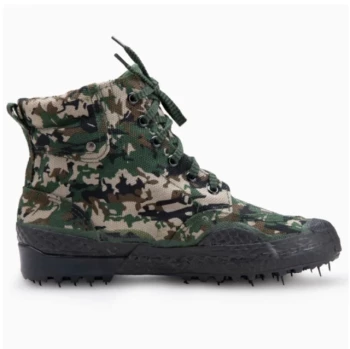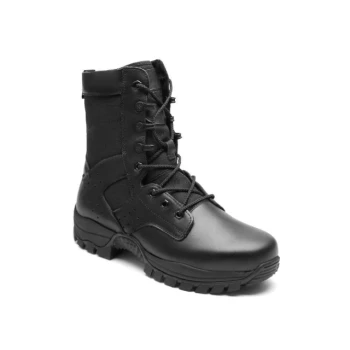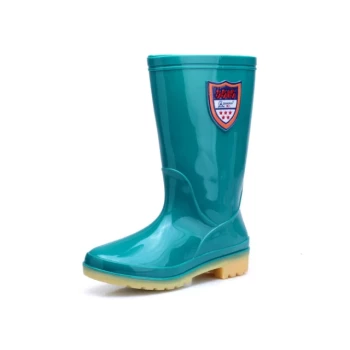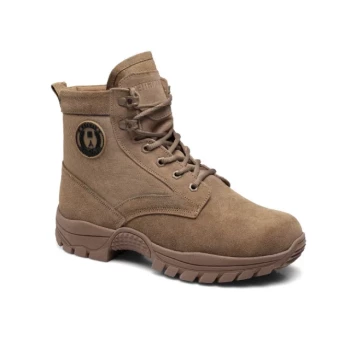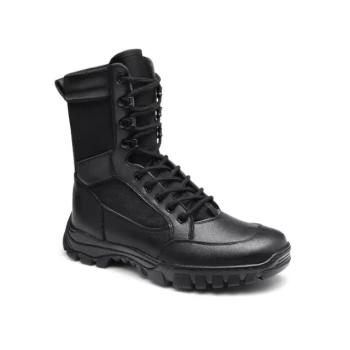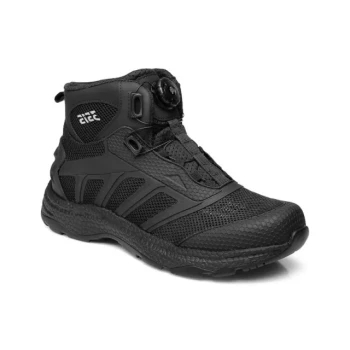Selecting the superior hunting boot is not a matter of brand prestige, but of accurately mapping the footwear’s specifications to your specific mission profile. You must triangulate your choice based on three non-negotiable factors: the terrain you will traverse, the temperatures you expect to encounter, and the level of physical exertion required by your hunt.
The "best" boot is a variable, not a constant; it is defined entirely by the environment and your activity level. A boot designed for high-altitude stalking will fail miserably in a sedentary tree stand, just as a heavy, insulated pac boot will hinder you on a steep ascent.
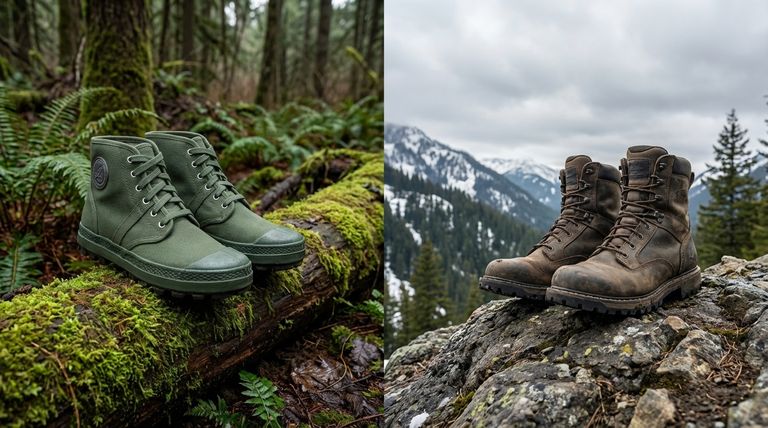
Analyzing the Mission Profile
Terrain and Stability Requirements
The ruggedness of the ground dictates the structural rigidity you need.
If you are hunting in steep, rocky, or uneven terrain, you require a boot with high ankle support and a stiff outsole. This prevents ankle rolls and reduces foot fatigue by bridging the gap between rocks.
Conversely, for flat, open ground, a flexible, lightweight boot allows for quieter movement and greater agility.
The Activity-Insulation Equation
Your metabolic output is the primary driver for insulation needs.
Stationary hunters (sitting in blinds or stands) generate little body heat; they require heavy insulation to retain warmth.
Active hunters (spot-and-stalk) generate significant heat. High insulation here is detrimental, as it causes sweating; once you stop moving, that moisture freezes, leading to cold feet.
Climate and Waterproofing
Wet feet are the quickest way to end a hunt.
Boots must offer waterproofing to handle rain, snow, and dew-soaked vegetation. However, this must be balanced with breathability to allow internal moisture (sweat) to escape.
Material and Fit Mechanics
Durable Construction Materials
The longevity of the boot depends on its build quality.
Look for full-grain leather or high-denier nylon for abrasion resistance against brush and rocks.
Construction methods, such as a hand-sewn moc toe or a Goodyear welt, often indicate a boot that can be resoled and withstand years of abuse.
The Importance of the Outsole
The outsole is your interface with the environment.
Ensure the boot features a durable, grippy outsole designed for your specific substrate, whether that is slick mud, loose gravel, or snow.
Precision Sizing and Socks
Never select a size based on your everyday shoe fit.
You must measure your foot length and account for the thickness of hunting socks.
Always try boots on with the exact socks you intend to wear in the field to ensure adequate toe room and blood circulation.
Understanding the Trade-offs
Weight vs. Protection
There is always a compromise between agility and armor.
Heavy-duty boots provide maximum protection and stability but increase fatigue over long distances.
Lightweight boots reduce energy expenditure but offer less protection against ankle twists and sharp debris.
Warmth vs. Bulk
High insulation levels inevitably lead to increased bulk.
Boots designed for extreme cold can be clumsy to walk in, potentially compromising your stealth.
You must decide if your priority is thermal retention or tactical mobility.
Making the Right Choice for Your Goal
To ensure your equipment enhances rather than hinders your performance, align your choice with your primary hunting style.
- If your primary focus is Stationary Hunting in Cold Weather: Prioritize maximum insulation and water resistance to retain heat during long periods of inactivity.
- If your primary focus is Active Spot-and-Stalk: Prioritize lightweight construction, breathability, and flexibility to minimize fatigue and prevent overheating.
- If your primary focus is Rugged Mountain Terrain: Prioritize ankle height, stiff torsional support, and aggressive traction to ensure safety on uneven ground.
The ideal hunting boot acts as an extension of your body, providing the specific support and protection necessary to keep your focus on the hunt, not your feet.
Summary Table:
| Hunting Style | Priority Features | Key Considerations |
|---|---|---|
| Stationary Hunting (Cold) | Maximum Insulation, Waterproofing | Retains heat during long periods of inactivity. |
| Active Spot-and-Stalk | Lightweight, Breathable, Flexible | Prevents overheating and reduces fatigue. |
| Rugged Mountain Terrain | High Ankle Support, Stiff Sole, Aggressive Traction | Ensures safety and stability on uneven ground. |
Ready to equip yourself with the perfect hunting boots?
As a large-scale manufacturer, 3515 produces a comprehensive range of durable, high-performance footwear tailored for the demands of the hunt. We offer the precise combinations of insulation, support, and materials that distributors, brand owners, and bulk clients need to meet their customers' specific mission profiles.
Contact our experts today to discuss how our production capabilities can deliver the right boots for your target market.
Visual Guide
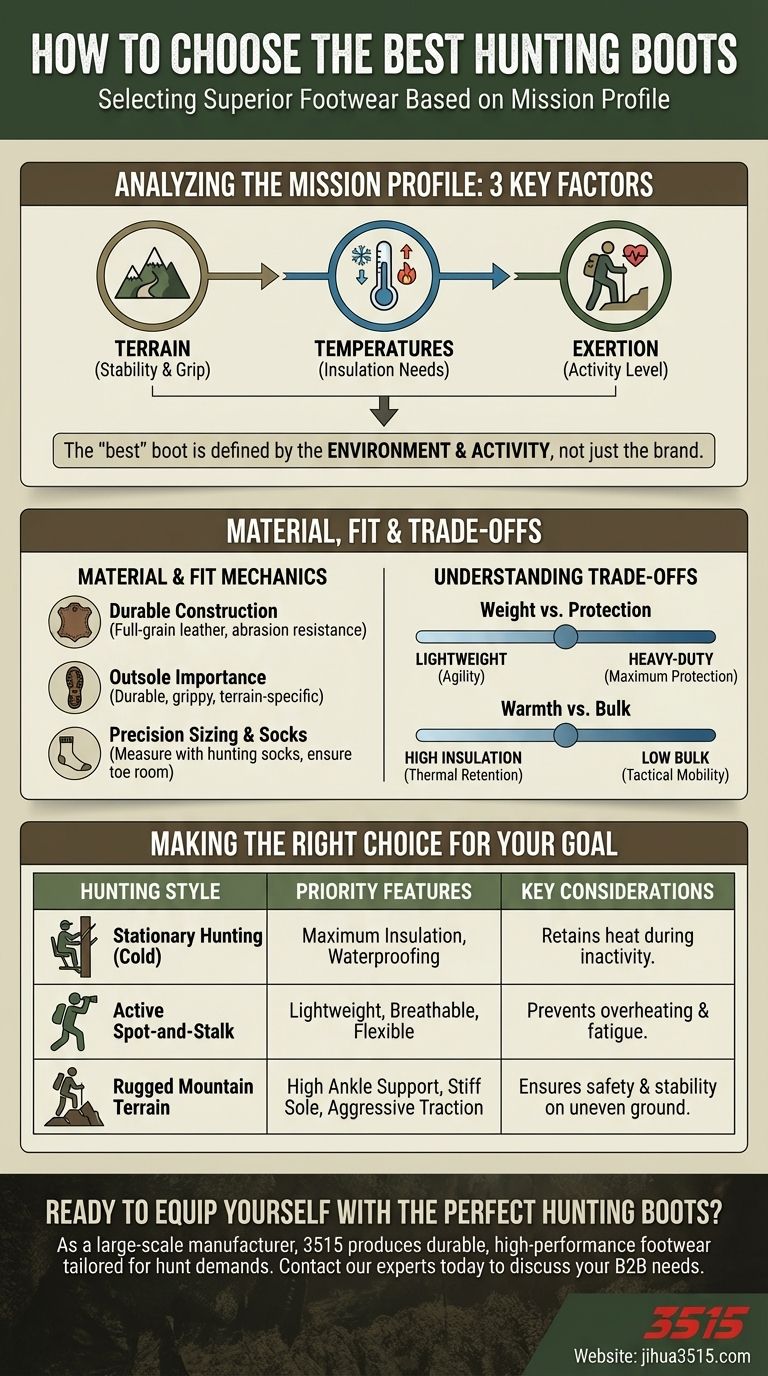
Related Products
- Factory-Direct Wholesale Canvas Boots with High-Traction Rubber Soles
- Durable Spiked Camouflage Boots Wholesale & Factory Production
- Durable Leather Tactical Boots Wholesale & Custom Manufacturing for Brands
- Safety Footwear Wholesale Manufacturer for Custom OEM/ODM Production
- Factory Direct Wholesale Rain Boots Durable Waterproof & Fully Customizable
People Also Ask
- Why is rubber a popular material for shoe soles? Unbeatable Grip, Durability & Value
- What is a vulcanized sole? Discover the Secret to Superior Flexibility and Grip
- What factors determine the slip resistance of rubber-soled shoes? Tread, Compound & Design Explained
- Why are rubber soles beneficial in cold-weather boots? Superior Traction & Waterproofing
- What should be avoided when storing boots with outsoles? Protect Your Investment from Dry Rot & Decay

